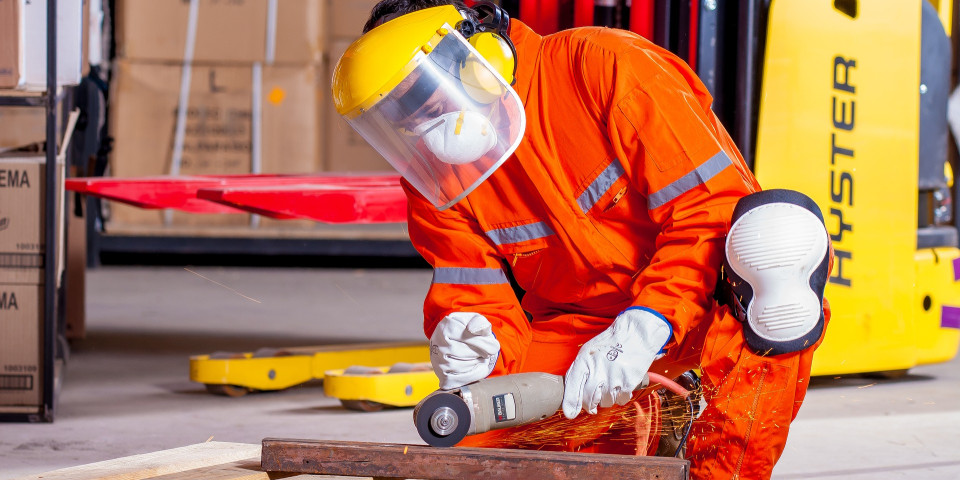Latest News
Why Is Workplace Safety So Important?
Posted on Thursday, 21st February 2019

Workplace safety is important for the protection of employees, your business, assets and property. In this week’s blog, we explore some of the reasons why you should make health and safety a priority in your business.
Workplace Health & Safety and Employees
The chief reasons health and safety is so important in the workplace are the obvious ones; to avoid injury or death.
The latest statistics from the Health and Safety Executive (HSE) show that 144 people were killed at work in 2017/18. The report also demonstrates why workplace health and safety is so important in the construction industry; by far the highest number of deaths in any industry occurred in that sector, with 38 deaths being attributed to the construction industry.
The HSE also provide further key figures related to injuries and death in the workplace;
- 1.4 million working people suffering from a work-related illness
- 2,595 mesothelioma deaths due to past asbestos exposures
- 555,000 injuries occurred at work according to the Labour Force Survey
- 71,062 injuries to employees reported under RIDDOR
The above statistics show exactly why health and safety should always be a priority in the workplace. Employers have a legal and moral obligation to keep their staff safe from harm. Nobody expects to be injured or killed at work.
Overall responsibility lies with you as an employer, but employees also have a part to play in making the workplace safe. Workplace safety functions best when there is a good relationship between employer/employees and a strong emphasis is put on safety, ultimately creating a good safety culture.

Protecting Your Business
Workplace health and safety also plays a key part in protecting your business and its assets. A business with a poor attitude towards health and safety opens itself to the risk of a poor reputation.
From the same set of key figures above, HSE also demonstrate the overall impact of injury on business;
- 30.7 million working days lost due to work-related illness and workplace injury
- £15 billion estimated cost of injuries and ill health from current working conditions
When workplace safety isn’t working, you open yourself up to financial losses. This could be via employees taking leave and in serious cases, fines. Businesses that have serious incidents will suffer reputationally and lose custom and therefore, profits. It is in your best interests that health and safety are made a top priority.
The Benefits of a Good Workplace Safety Culture
When a business makes safety a priority, puts employees first and implements the correct safety training, the benefits are clear.
Safe businesses enjoy increased productivity, good service and quality work, and benefit from a good reputation amongst clients.
Nobody wants to work with businesses that compromise the safety of their employees. Making safety a priority shows that you care about the wellbeing of your staff and are a good employer.
When you put your employees first, staff feel valued too, leading to an increase in productivity and quality. Valued staff work harder and will remain loyal to your business.

Workplace Safety Training
Of course, there are many ways an employer can demonstrate that workplace safety is a priority, but one of the best ways to do this is to train employees properly.
Inadequate training is one of the leading reasons for employee injury and death. Establishing good safety practice includes training and education.
Safety training incorporates job and task-specific training, especially for those who work in industries like construction but also general workplace safety courses, such as IOSH Working Safely or a NEBOSH Occupational Health and Safety course.
Training isn’t just for employees either, a good safety culture is created when senior members of staff are properly trained, and the importance of safety is filtered down from the top. Managers can benefit from courses such as Site Management Safety Training Scheme (SMSTS) and IOSH Managing Safely.


